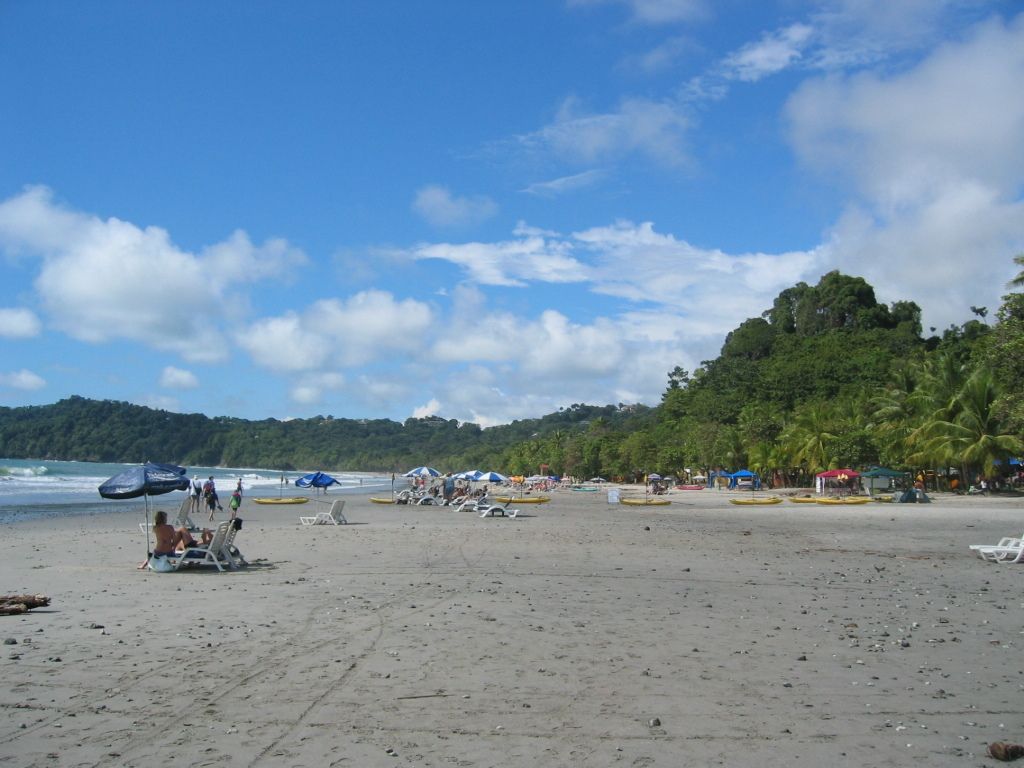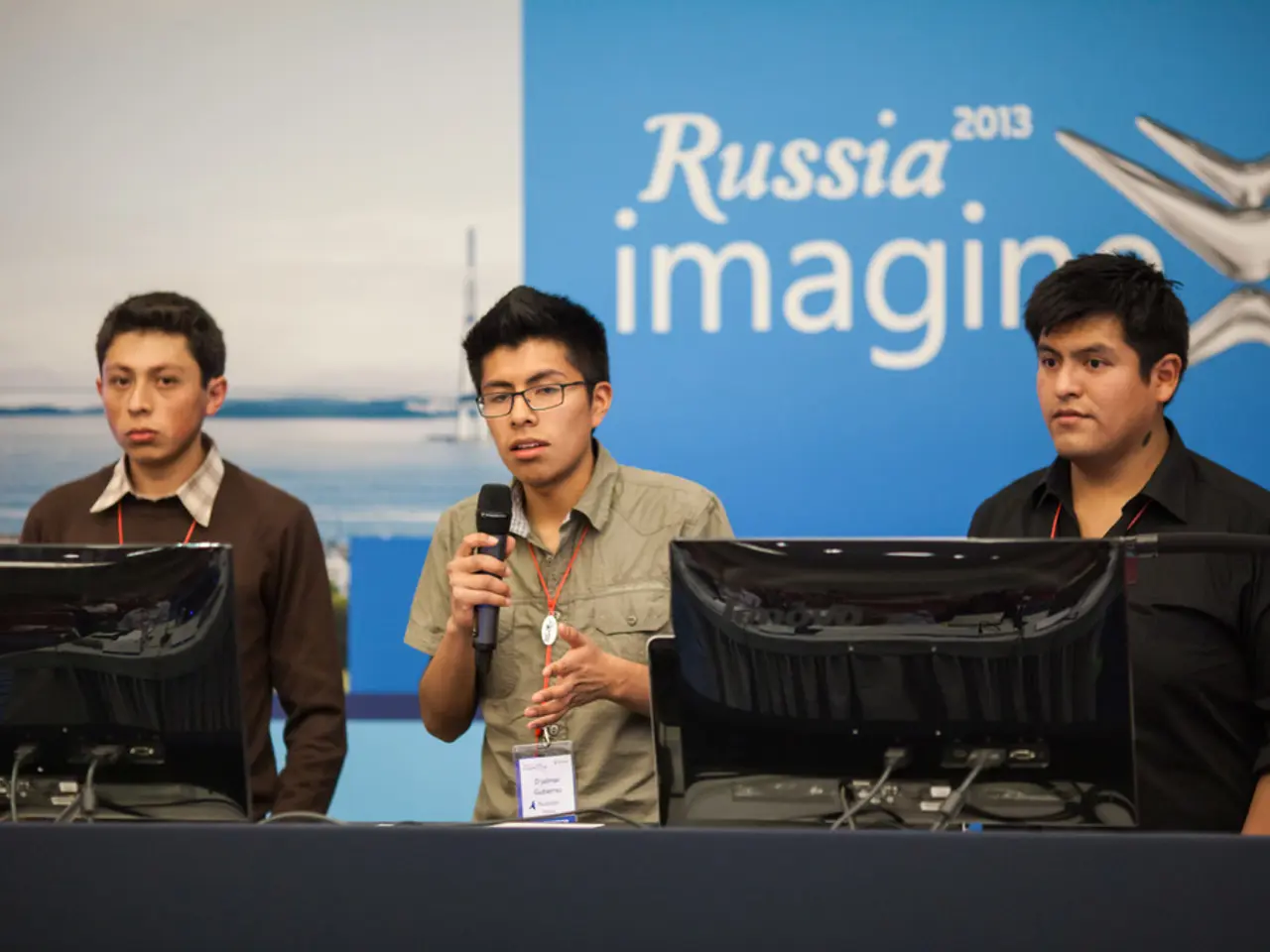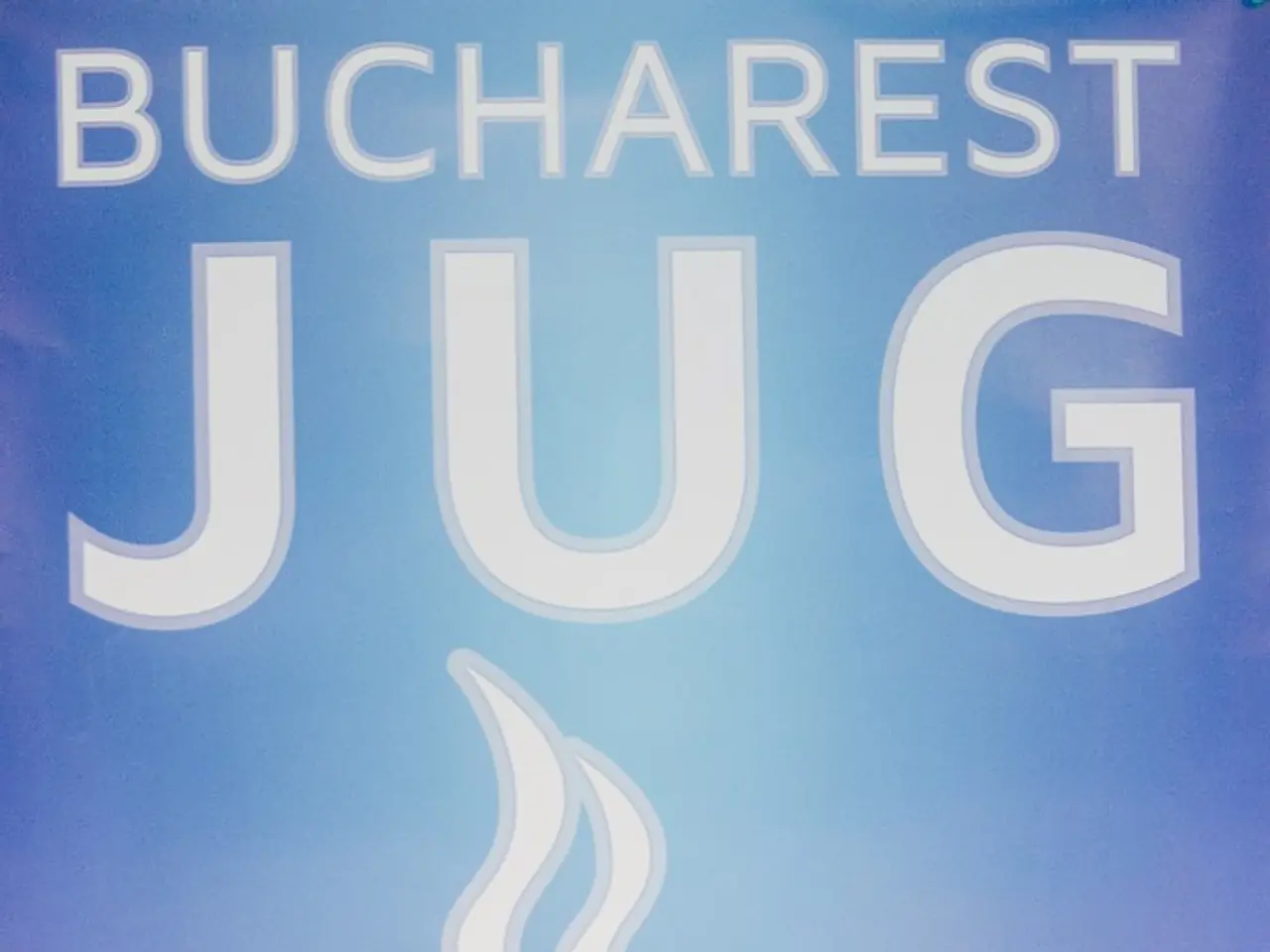The Tale of Worlds: The Majesty of Indigenous Languages
Impact of Globalization on Native Tongues Within Indigenous Communities
Back in the days, a myriad of languages were spoken in far-flung parts of the world. These weren't just means to chat; they were vessels of cultural wisdom, history, and identity. Echoing the heartbeats of ancient rituals, the names of ancestors, and the beauty of landscapes, these languages were woven into communities for millennia. The Maori language of New Zealand, Ainu of Japan, and Navajo of North America were some that resonated with the soul of their people, intertwined with their very way of life.
The tales spun in these languages held sagas and secrets, teachings and traditions, all passed without the need for written records. Words were the lifeblood coursing through the veins of a community, forging bonds between the old and young, the living and the ancestors. But as the world changed, so did the role of these languages in the daily lives of their speakers.
The Global Tsunami: The Ascendancy of Dominant Languages
Globalization, sweeping in like a mighty wave, posed significant threats for indigenous languages. As the world connected through trade, technology, and mass media, the need for a common language to communicate surged. English, Mandarin, Spanish, and other dominant tongues marched forward, becoming the lingua franca between diverse cultures and nations.
The deluge of mass media—television, radio, the internet—only cemented the dominance of these languages. For many, native tongues took the back seat, overshadowed by the worldwide languages that tumbled forth in text messages, tweets, and news broadcasts. With each whispered English word, the power of indigenous languages dwindled, and the might of local dialects weakened.
Education systems across the globe echoed this shift. Learning became immersed in dominant languages, often relegating native tongues to optional subjects or treating them as lesser than "practical" languages for global coherence. Consequently, the younger generation began to ignore their ancestral language, viewing it as outdated and unnecessary for success.
The Vanishing Languages: An Alarming Predicament
As time plunged forward in the face of globalization, once-thriving indigenous languages faced the specter of extinction. According to linguists, more than 40% of the world's 7,000 languages are on the brink, with many indigenous languages hemorrhaging speakers at an alarming rate. As the elder generation left the world, taking with them the knowledge and stories these languages held, the indigenous languages died, leaving behind only their spectral presence.
In some places, the numbers were shocking. Languages like Aymara in South America or the multitude of Native American dialects in the United States began to disappear. The younger generation, captivated by the global rise of English and Spanish, embraced these more widely spoken languages, abandoning their heritage and leaving their ancestral tongues to history. Once the everyday language, now only a few words remained in the minds of the elders.
The loss of a language isn't just the loss of words—it's the loss of a cultural framework, a unique worldview. Each indigenous language encapsulates ways of seeing the world, values, beliefs, and traditions. When these languages fade, so too does a rich history that cannot be recaptured in any other format. For many, the decline of their language feels like the dismantling of their identity, the obliteration of the stories that have long defined them.
Resistance in Adversity: The Quest to Preserve Indigenous Languages
In the face of these crushing challenges, pockets of resistance formed, battling to safeguard indigenous languages. Across the globe, grassroots movements and advocacy groups sprung up to revitalize languages through education, media, and community initiatives.
Numerous indigenous communities rose up, launching language preservation programs. In New Zealand, for instance, the Te Reo Māori language experienced a renaissance. Immersion schools flourished, where children learned Te Reo Māori, alongside English, to ensure the language's survival for generations to come. Similarly, the Native community in the United States pushed for Native language education programs in schools, teaching languages like Cherokee and Navajo.
Digital platforms also came to the forefront in the protection of languages. Social media, apps, websites, and online learning channels dedicated to indigenous language education surged in popularity, enabling younger generations to rekindle their connection with their roots in a modern, accessible way. The effort was in its infancy, but the sparks of renewal ignited hope.
The Role of Globalization in Language Renewal
Ironically, globalization—once a foe—now seemed to be offering a lifeline. For all its flaws, the internet had become a tool for language preservation. Indigenous languages that were once confined to remote communities suddenly had global audiences, thanks to the internet. Social media, especially, became a platform for cultural exchange, enabling indigenous peoples to showcase their languages with pride.
Technology had risen to offer new avenues for language learning and documentation. Apps, programs, and online platforms like Duolingo began to incorporate indigenous languages, expanding their reach to new, global audiences. Cultural organizations and academics collaborated to catalog languages before they vanished forever, preserving recordings of conversations in indigenous languages.
Though these digital tools were far from perfect, they represented a glimmer of hope for the survival of languages. The challenge remained in ensuring that those who spoke these languages reaped the benefits and that the next generation understood the value of doing so.
The Future of Indigenous Languages: A Beacon of Hope
Though the obstacles looked insurmountable, a growing awareness of the importance of preserving indigenous languages emerged. As indigenous communities stood up, taking inspiration from renewed cultural pride, there remained a sense of hope. With continued global collaborations, local advocacy, and the power of modern technology, there was a chance that languages that teetered on the brink of extinction might find their footing.
Conclusion: A Struggle for Identity
Globalization's impact on indigenous languages served as a stark reminder of the delicate balance between conserving culture and embracing the fruits of a globalized world. As indigenous communities fought for language preservation, there remained the faint hope that the next generation would rise, armed with technology, community support, and a renewed sense of pride in their heritage.
In this shifting era of global communication, indigenous communities recognize the potential of technology to aid language preservation. Embracing digital tools like social media, apps, and online platforms, they foster global connections, broadening the reach of their indigenous tongues.
As our world continues to evolve, the fusion of fitness (physical and mental well-being) with advances in technology offers exciting possibilities for language learning and cultural revitalization. By maintaining the tempo of heritage language education, indigenous youth can navigate their changing world with resilience and pride, forging a connection to their ancestors while reaching new heights of global literacy.




